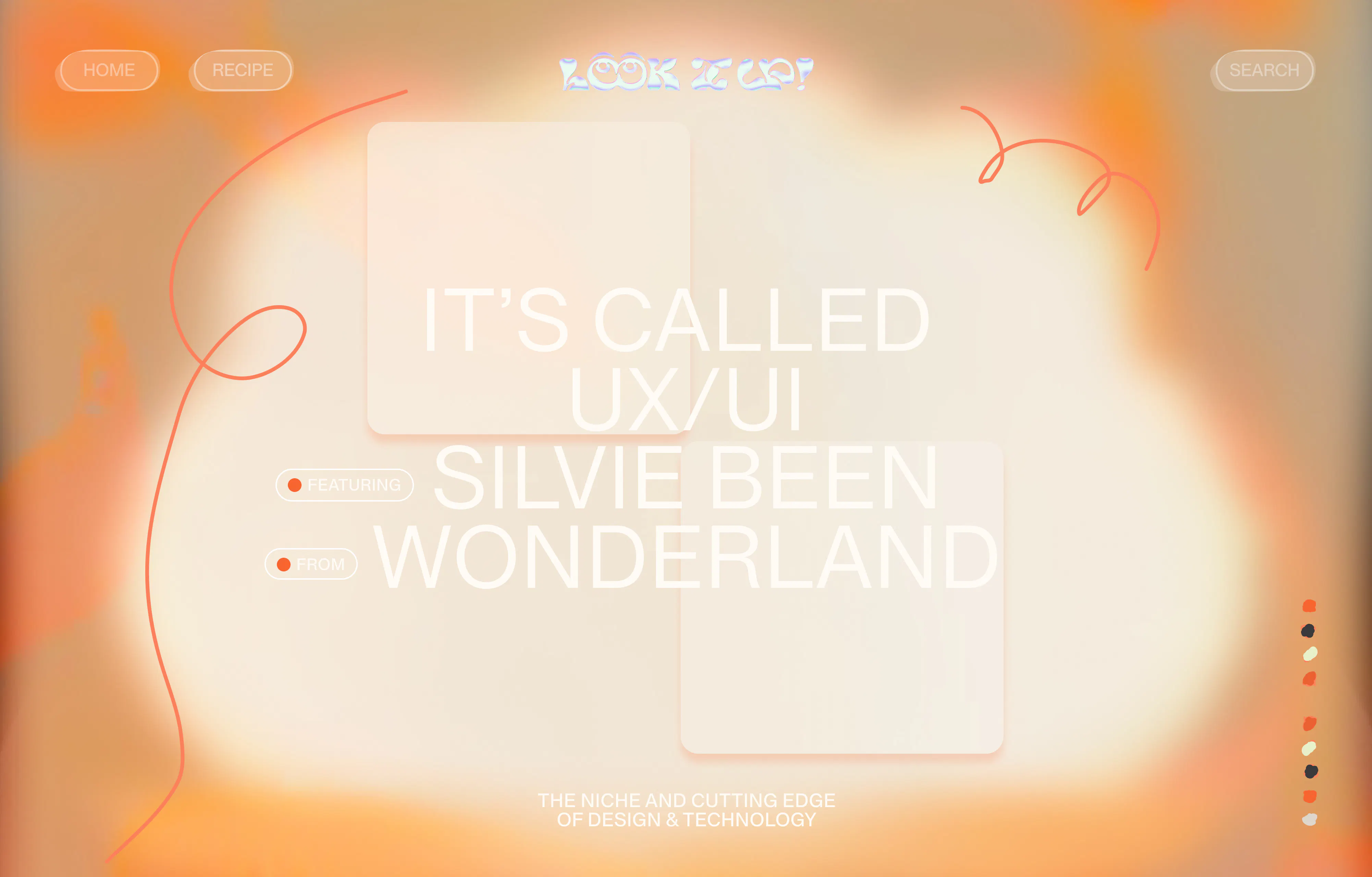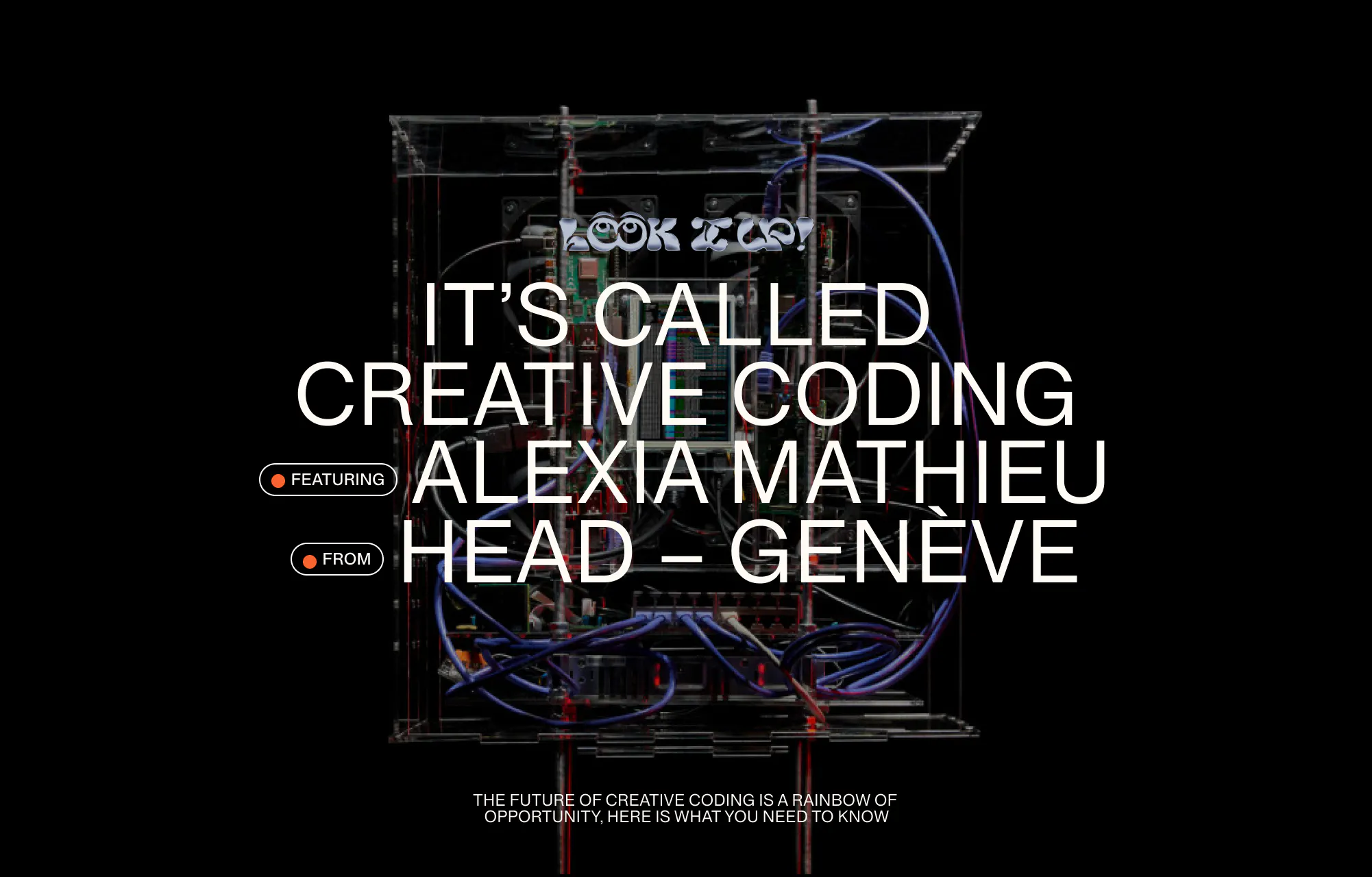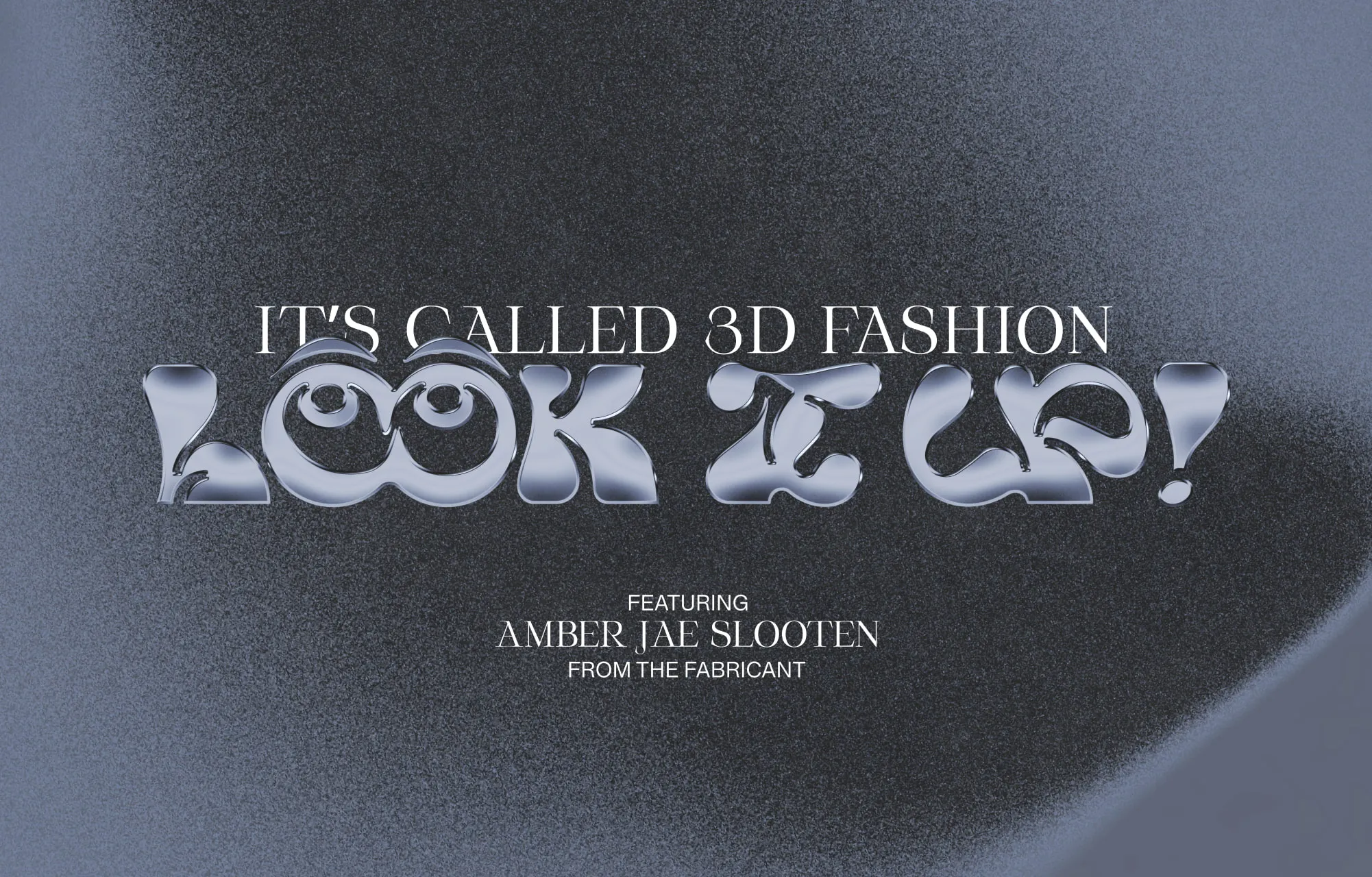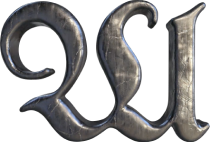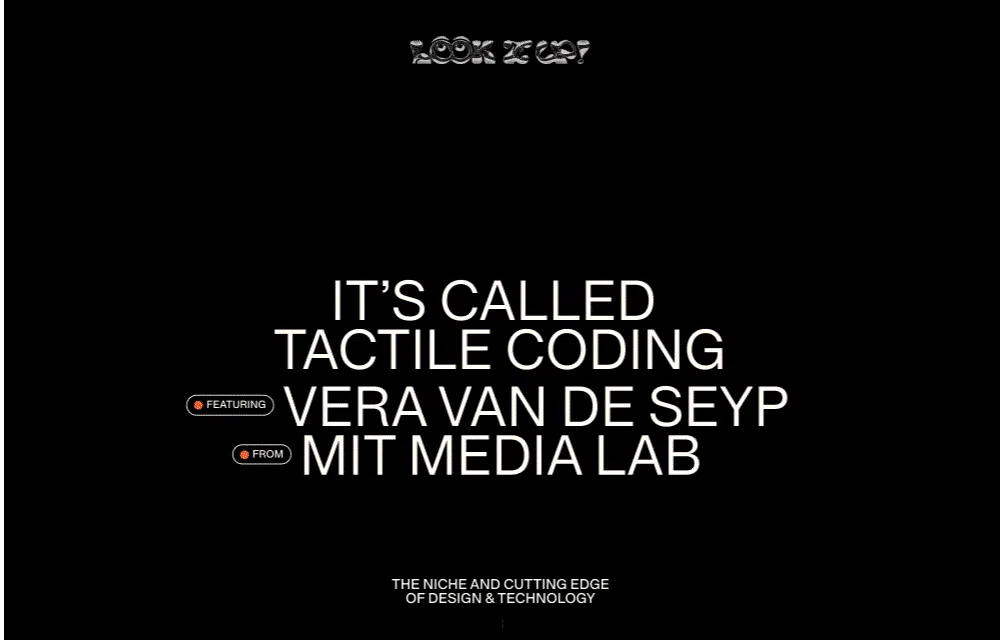
It's called tactile coding with Vera van de Seyp! Look it up!
It's called tactile coding with Vera van de Seyp! Look it up!
Senior Creative Account Manager
Imagine what it’s like to live inside the mind of Vera van de Seyp. I automatically think it would be similar to an epic trip. Floods of colourways and shapes swirling around fighting for space. Luckily enough I got to speak to her and get inside her mind for a brief moment. It’s called tactile coding with Vera van de Seyp! Look it up!
RA at MIT Media Lab/ Designer/ Creative Coder/ Tutor
Can you tell our readers a bit about yourself, how you started out and anything interesting people might not know about you?
My name is Vera, I am a graphic designer and creative coder. I do freelance projects alongside my own artistic practice. I started out by studying graphic design at KABK in The Hague, and a little in Berlin at Weißensee and UDK, and later completed a master's called Media Technology in Leiden. Currently, I'm a research assistant at MIT Media Lab in Boston. I am comfortable outside my comfort zone if that makes any sense. So I started as a graphic designer, learning how to use code along the way because it helped the way I approach design. However, I am still kind of scared of math and only understand it if I can somehow visualize it.
What excites you about design?
A few things: working with different people, using it as a visual way of telling stories, rule-based design systems of which the outcome can surprise me.
Do you have a mantra that you live by?
Nope, I go out into the world without a mantra daily!
What has been your favourite thing you’ve worked on in your career?
That's a tough question. I like most projects I've worked on and it's hard to pick a favorite. Recently I've loved working on a symposium I've developed called ITERATIONS. It's a lot of work every time, but definitely a passion project.
Has the pandemic changed the way you work or what you produce in any way?
Alongside making many many many websites during the pandemic, I started making physical work again. Because everything was taking place in the digital realm, I missed tactility in my daily life. That’s how I got into knitting. I hacked a knitting machine and have made a ton of work with that since then.
What advice do you have for anyone starting out in the graphic design and digital design world? and what advice would you give to someone that feels stuck in the design world?
To be honest, a part of my current position is studying too. So I also feel a little stuck sometimes, which for me is an integral part of answering big questions about where you are going and learning as a whole. I think every now and then feeling stuck can be helpful, as long as you can make the space to evaluate what is happening and how you can change things to feel unstuck again. For me, it helps to make things first, and not reflect for a while. Just see where the work takes you. Also, downtime is really important to me to feel creative again: while running or
Where are you most at peace in the world? Is it a geo-location or an atmosphere that you create at home?
I would say it's more of a time of year. I love the time around the winter holidays because everyone rests. Same for early summer. When the work pace slows down, it's the best time for me to get a lot of new input (books, exhibitions, conversations with close ones) and reflect on the time that passed.
Switching lately to the US with your design practice, what are your thoughts on the design industry differences between these landscapes?
So I am not doing design work in the US, since I am visiting with a student visa and have a full-time position at MIT. However, I've had the honor of visiting some design programs in the US, at Princeton, Boston University, RISD, and Otis College of Art and Design in LA. I would say the focus of these programs has shifted more toward what I know in the Netherlands: more artistic and experimental than what I expected. Yet there is still more focus on commercial design than in the Netherlands. This is in line with what I've heard about the design industry in the US: a focus on commercial design and branding rather than experiment and 'artistic' design. To be honest, now that I've experienced the cost of living in Boston, this difference makes total sense to me. While things have become more dire in the Netherlands, we still have the possibility to build up an artistic practice with a part-time side job or funding. That's not really imaginable in most US cities with the extremely steep cost of basic necessities such as rent, healthcare, and food.
Looking at your recent work, it seems like you keep merging digital with media as tactile as knitting. Tell us a bit more about that relationship
True! I love being able to experiment with different media. I like to see how programs and algorithms can inform other design crafts. And as I mentioned I appreciate the tactility of textile work (knitting and weaving) as well as its relationship to computers. I also like the slowness of the craft. With code, it takes me a few minutes to generate infinitely many digital images, but the physical production of textiles takes days at a time. There is beauty and calmness in that to me.
In 2019 you worked on the project GAN Album Art, training a music album cover generator from a database of existing designs, by which you somehow predicted the future. Now in 2023 AI generator tools are widespread and commonly used – how do you feel about the transformation that took place in the meantime? And how do you feel about what’s coming for the designers considering all these advances?
I quite enjoy when I can actually modify these models or programs myself, instead of just interface with them. So while things like Dall-e and Midjourney, and Chat-GPT are thrilling, I am more interested in seeing how they can be modified hacked rather than just generate output. We live in a really crazy time where so many new things are released, and it's almost hard to keep up with the speed of the development of these tools. I love that, but I think we should also consider the context of these tools. These models are currently extremely energy-consuming (especially image models) and many of them are owned by private companies. What alternatives can we imagine? We can use it as an opportunity to talk about what creativity means, which we have had to consider with the invention of every groundbreaking technology. In terms of what's coming for designers, I am excited. Yes, some work can be automated, but that doesn't have to be a bad thing per se. It's important to be aware of it and perhaps focus on the stuff that cannot be automated. I'm looking forward to exploring how we can create in collaboration with these models.
What are your trend predictions for 2023/ 2024 in the digital and design space?
I can't really do trend predictions, because I don't really care about trends. However, I am excited to see how generative AI can support the design tools that are out there this coming year.
Where do you see AI, creative coding, and design in 5-10 years?
I hope I never have to write a for-loop myself anymore in 5-10 years! I love the logic of code but am not crazy about the way we write it now. It can feel confusing and archaic.AI can likely help make that easier (it already does, my students now can ask ChatGPT to help them write snippets). I am also curious about what kind of ways we interface with our computers in 5-10 years. The keyboard and screen feel like interfaces that can become obsolete or at the least can be expanded. Perhaps we will have interfaces like the ones in Minority Report, hopefully without the dystopian society though. I do hope there will be more environmentally-friendly and open-source ways to compute.

